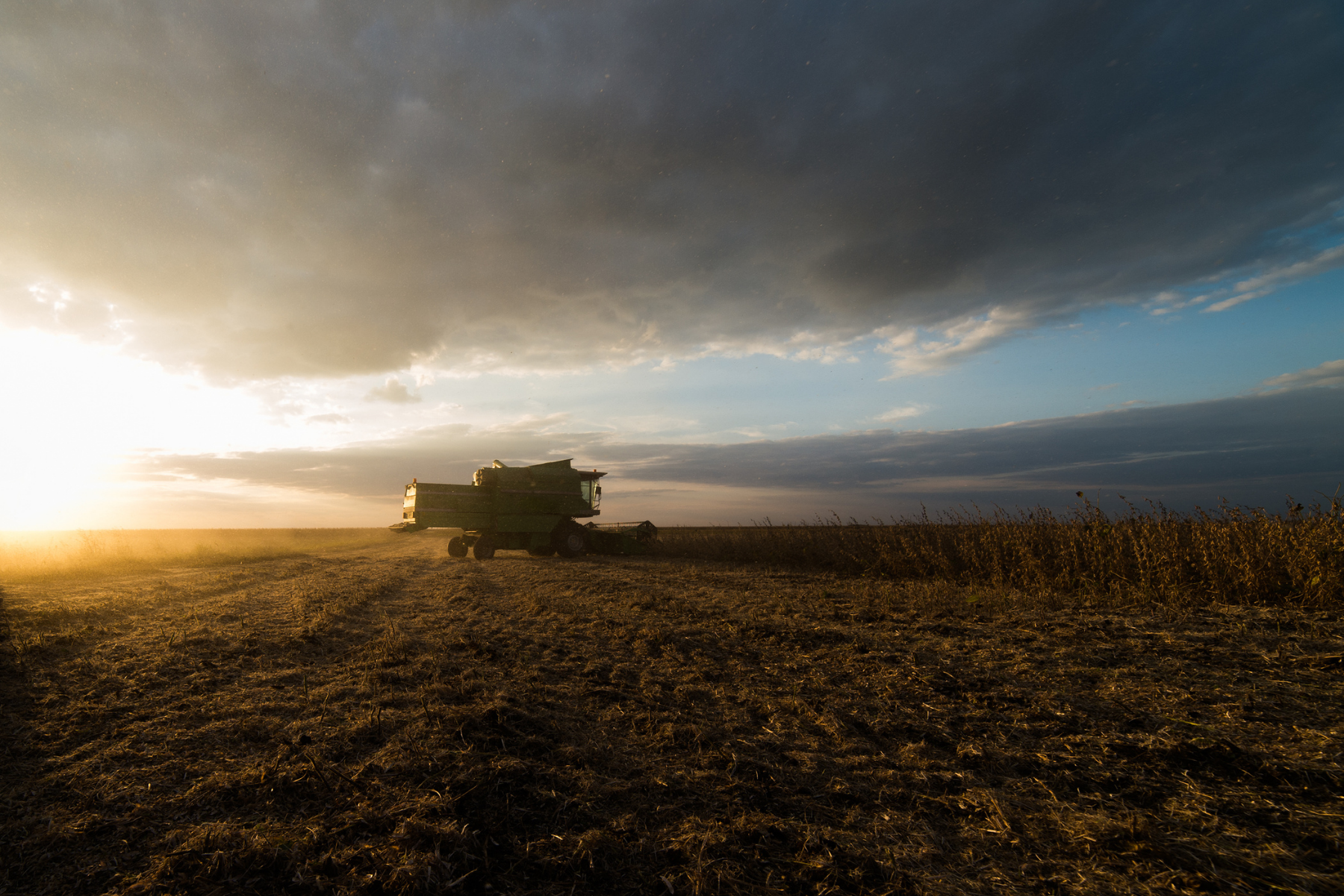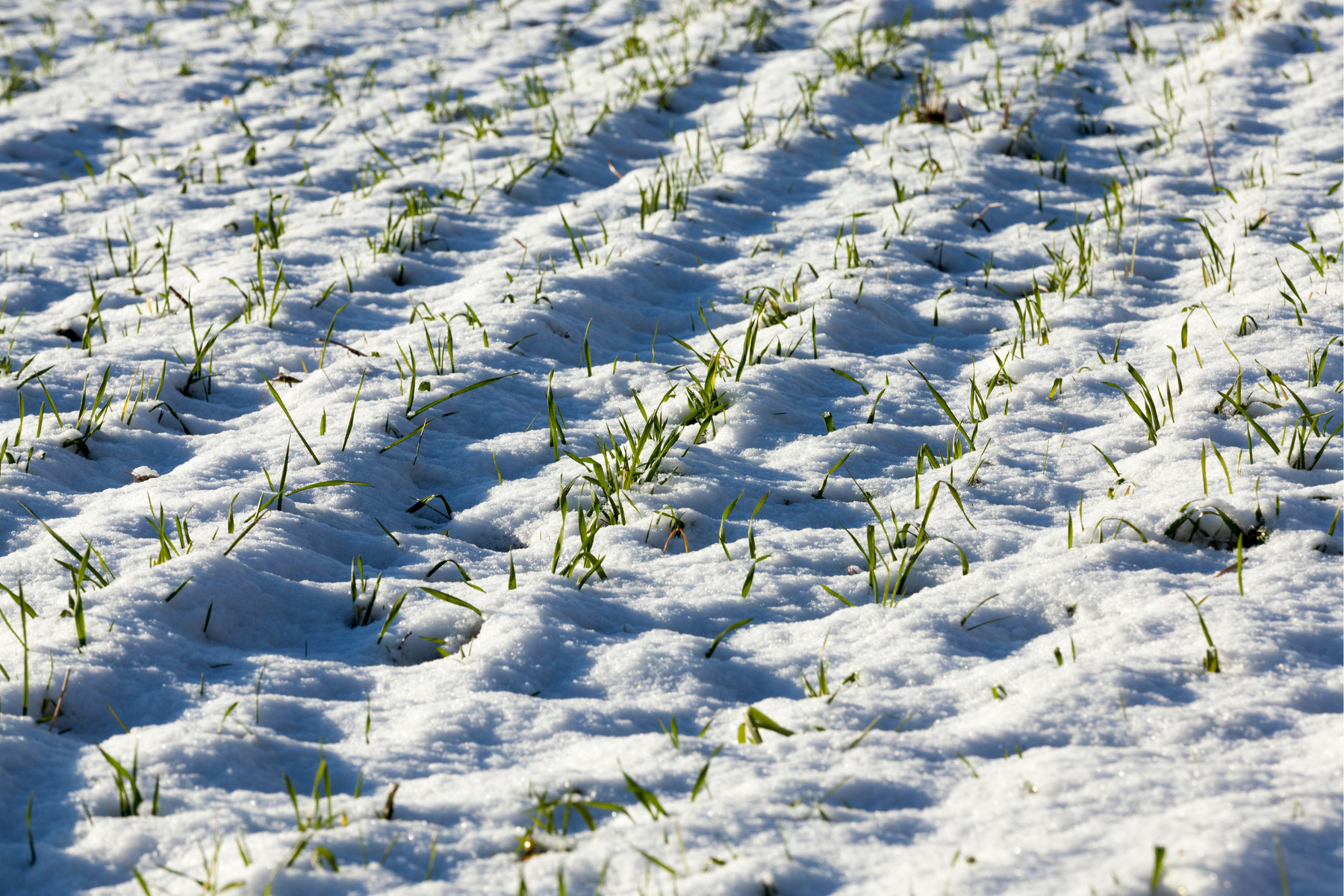As the fall season approaches in Ontario, corn producers face critical decisions regarding crop maturity and drydown. Understanding the interplay between weather conditions, plant characteristics, and the timing of maturation can significantly influence harvest outcomes.
Understanding Field Drydown
Field drydown refers to the natural reduction in moisture content of mature corn grain while still in the field. Corn typically reaches physiological maturity when the kernels have formed a black layer, indicating that they have stopped accumulating moisture. From this point, field drydown begins, driven by environmental factors such as temperature, humidity, wind speed, and solar radiation.
The time it takes for corn to reach the black layer from various growth stages depends on several factors, including hybrid maturity, temperature (measured in growing degree days or GDD), and environmental conditions. Here’s a general timeline from key growth stages to black layer:
- Silking (R1) to Black Layer (R6)
- Typically takes 55-65 days.
- This is the critical period where pollination occurs, followed by kernel development.
- Blister Stage (R2) to Black Layer
- Generally takes about 45-50 days.
- During this stage, kernels are small and filled with a watery substance.
- Milk Stage (R3) to Black Layer
- Takes around 35-40 days.
- Kernels begin to fill with starch, and the grain takes on a yellow color.
- Dough Stage (R4) to Black Layer
- About 28-35 days.
- Kernels are dough-like in consistency, and rapid dry matter accumulation occurs.
- Dent Stage (R5) to Black Layer
- Takes 20-25 days.
- Kernels begin to dent at the top as starch fills in. The milk line moves toward the cob as kernels mature.
The exact number of days can vary based on hybrid, temperature, and moisture conditions. Warmer conditions can accelerate these stages, while cooler or drought-stressed conditions may slow development.
The Role of Weather Conditions
Weather is one of the most significant factors affecting in-field grain drydown. As harvest approaches, it’s important to monitor weather patterns closely.
- Temperature: Warm, sunny days can expedite grain drying, while cool, overcast conditions can prolong it. During the fall, daytime temperatures tend to decrease, which can slow down the drying process.
- Humidity: High humidity levels can inhibit moisture loss from the grain, leading to longer drying times. Conversely, dry and breezy conditions promote evaporation and can accelerate drydown.
- Precipitation: Rainfall at the end of the growing season can increase grain moisture content and lead to delays in harvest. Farmers should be prepared to assess field conditions post-rainfall to determine the optimal timing for harvesting.
Plant Characteristics Affecting Drydown
Several plant characteristics can also influence how quickly corn grain dries down in the field.
- Hybrid Maturity: Different corn hybrids have varying rates of drydown. Early-maturing hybrids typically reach physiological maturity faster, resulting in quicker drydown compared to later-maturing varieties. Farmers should familiarize themselves with the characteristics of their specific hybrids to make informed decisions.
- Kernel Characteristics: Kernels that are denser and have a higher starch content may retain moisture longer than lighter, flakier kernels. This can impact the overall drydown rate and should be taken into account when planning harvest.
Maturity Timing and Its Impact on Drydown
The timing of corn maturity plays a crucial role in determining the drydown rate.
- Early Grain Maturation: Corn that reaches physiological maturity early often experiences faster in-field drydown. This is advantageous for farmers looking to harvest before adverse weather conditions set in. Early maturity is usually associated with hybrids that have shorter growing seasons, allowing for a quicker transition from green to mature kernels.
- Later Grain Maturation: In contrast, later-maturing hybrids typically have slower drydown rates. These plants may remain green longer, leading to increased moisture content at harvest. This slower transition can pose challenges, particularly if weather conditions become unfavorable. Farmers should assess their hybrids’ maturity and plan harvest activities accordingly to minimize losses.
Tips for Effective Harvest
To optimize corn harvests this fall, consider the following agronomy tips:
- Monitor Field Conditions: Regularly check field moisture levels and observe plant conditions as the season progresses. This will help you determine the right time for harvest.
- Utilize Technology: Employ moisture sensors and weather forecasting tools to gain insights into drying patterns and field conditions. This information can aid in making timely harvest decisions.
- Plan for Storage: Ensure your storage facilities are equipped to handle varying moisture levels. If grain is harvested at higher moisture, consider investing in drying equipment to mitigate spoilage risks.
- Consider Sequential Harvesting: If certain fields are drying down faster than others, consider a staggered harvest approach. This can help manage logistics and maximize the quality of harvested grain.
- Adapt to Weather Changes: Stay flexible in your harvest plans and be ready to adapt based on real-time weather changes. A proactive approach can help minimize the impact of unexpected rain or temperature fluctuations.
Key Takeaways
As Ontario farmers prepare for the fall harvest, understanding the factors influencing corn maturity and drydown is essential for making informed decisions. By paying close attention to weather conditions, plant characteristics, and maturity timing, farmers can optimize their harvest strategies. With the right preparation and knowledge, you can enhance your corn yield and quality, ensuring a successful harvest season.
Here are the key takeaways from this article:
- Weather Influence: Weather conditions, including temperature, humidity, and precipitation, significantly impact in-field grain drydown. Warm, dry, and sunny conditions promote faster drying, while cooler, humid, or rainy weather can prolong it.
- Plant Characteristics: The specific characteristics of corn hybrids affect their drying rates. Early-maturing hybrids generally dry down faster than later-maturing ones, and kernel density can also influence moisture retention.
- Maturity Timing: Early grain maturation leads to quicker in-field drydown, beneficial for timely harvesting. In contrast, later-maturing varieties may experience slower drydown, increasing the risk of moisture-related issues.
- Agronomy Tips: Farmers should monitor field conditions closely, utilize technology for better insights, plan for storage needs, consider staggered harvesting, and remain adaptable to changing weather.
- Preparation is Key: By understanding these factors and applying proactive strategies, farmers can enhance corn yield and quality during the harvest season.




